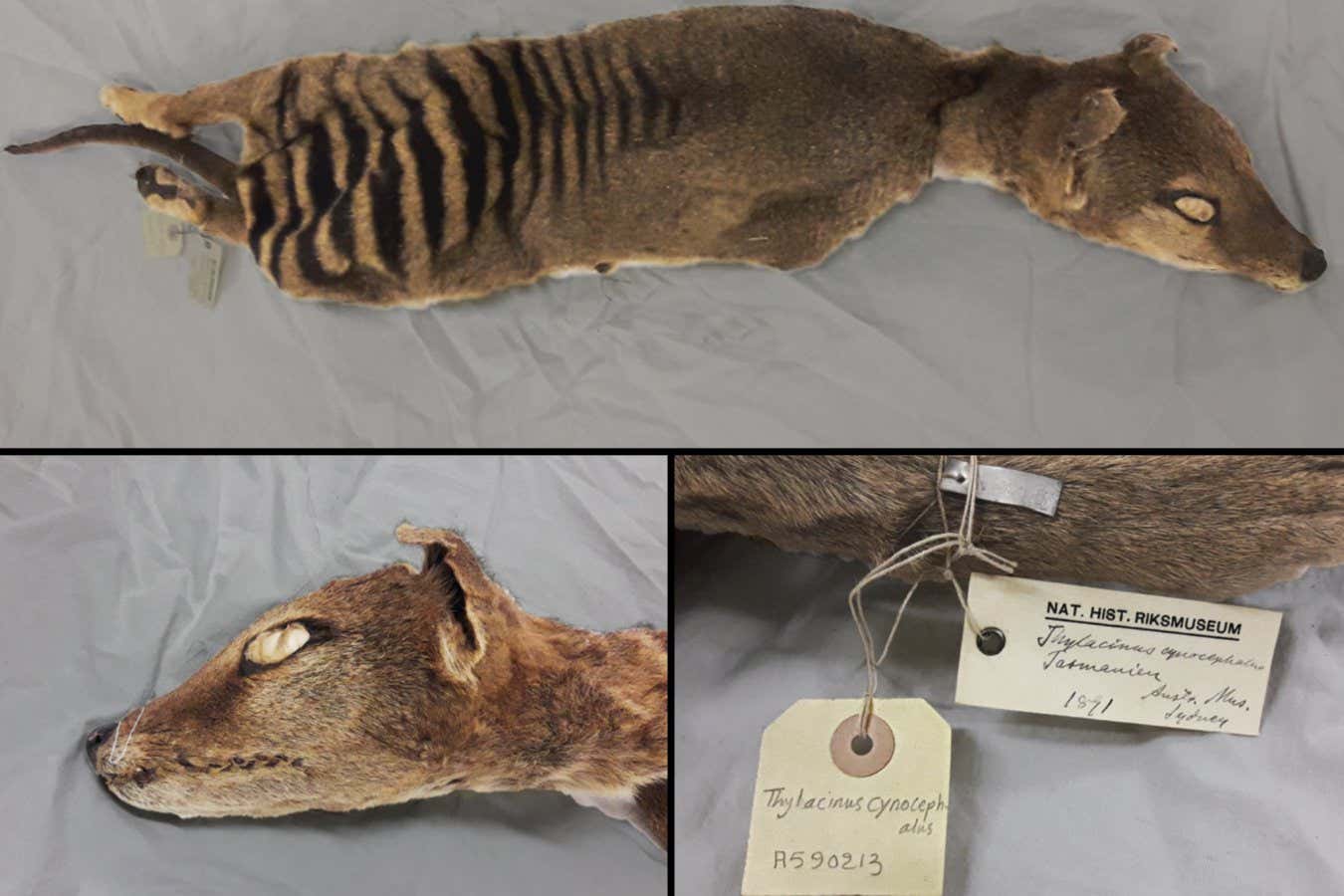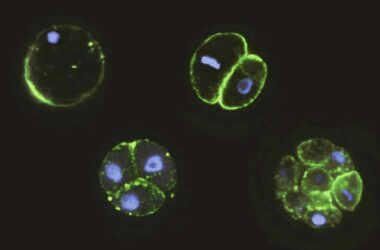Scientists have successfully extracted RNA from the remains of a thylacine, also known as the Tasmanian tiger, which has been extinct for over 40 years. This groundbreaking achievement could provide valuable insights into the species and potentially aid in virus evolution research and controversial de-extinction efforts.
Thylacines were marsupials native to Australia and surrounding islands. Despite being called Tasmanian tigers by European colonists, they were not tigers but a type of mammal that carried their young in a pouch, like kangaroos. The last known thylacine died in captivity in 1936, leading to their official extinction declaration in 1982.
Researchers, led by Emilio Mármol Sánchez, formerly of Stockholm University, extracted and analyzed RNA from a thylacine specimen that had been preserved in the Swedish Museum of Natural History for 130 years. RNA extraction from extinct animals had never been achieved before, as it is a more fragile molecule compared to DNA.
RNA analysis can provide more information about an organism than DNA alone. It helps determine the quantity, diversity, and functionality of DNA within a cell. RNA is responsible for translating and regulating genetic material and plays a crucial role in cell biology. By extracting the thylacine’s RNA, researchers identified gaps in the previously studied genome and gained insights into the functioning of its cells and the presence of RNA viruses.
Successfully extracting RNA from such an ancient animal opens up possibilities for studying other museum specimens and animals preserved in permafrost. This breakthrough could also impact de-extinction efforts, which aim to bring back extinct species using gene-editing techniques and existing organisms as hosts.
Although Mármol Sánchez’s research does not specifically focus on de-extinction, understanding the RNA of extinct species is crucial for recreating their cellular workings accurately. As technology advances, more insights like this can bridge the gap between genome sequencing and understanding the traits of long-extinct animals.
Overall, the extraction of RNA from an extinct Tasmanian tiger holds immense potential for scientific research and could aid in efforts to revive extinct species.
Topics:








